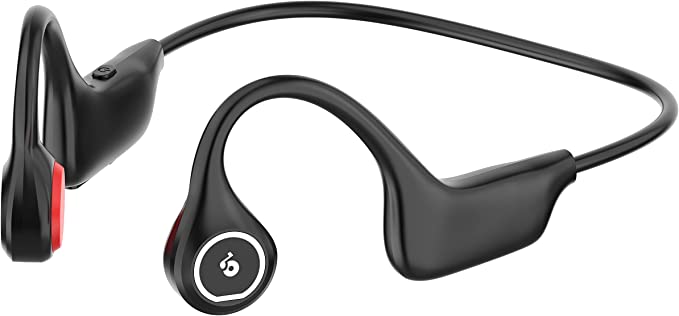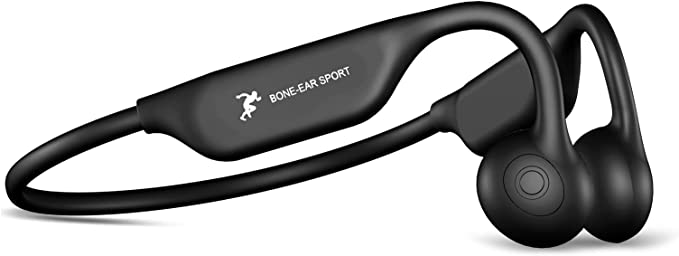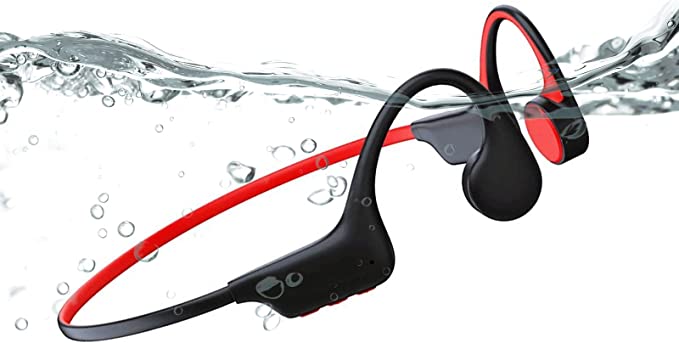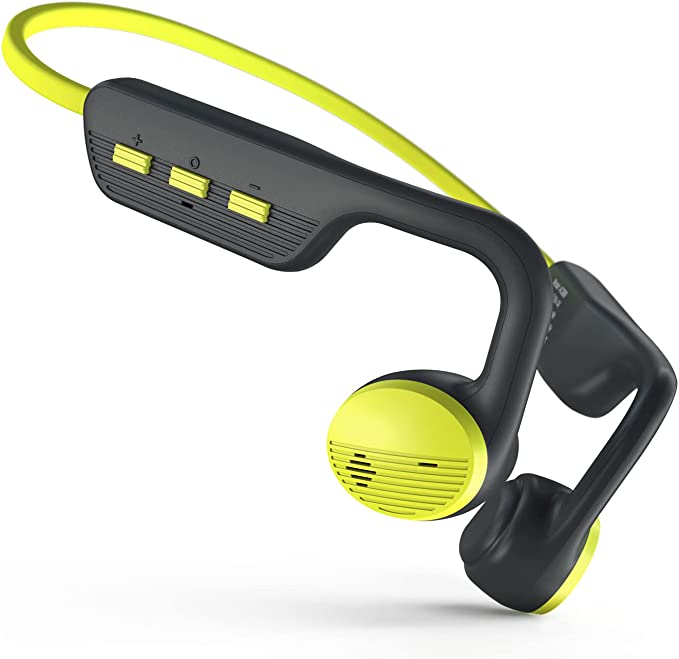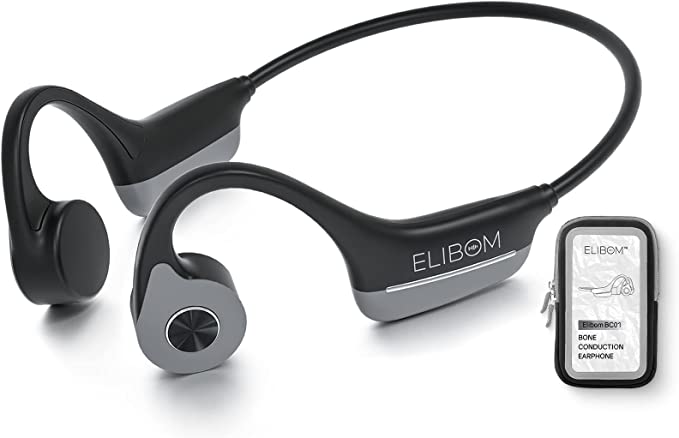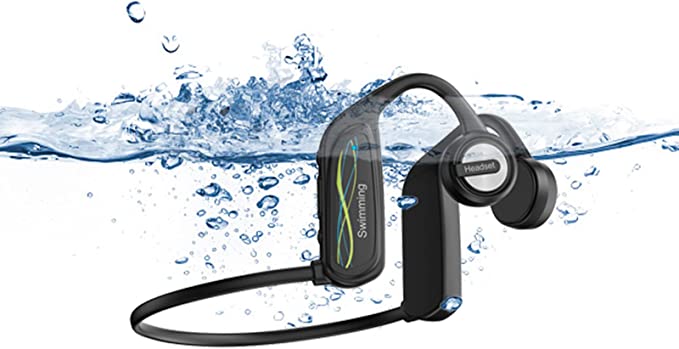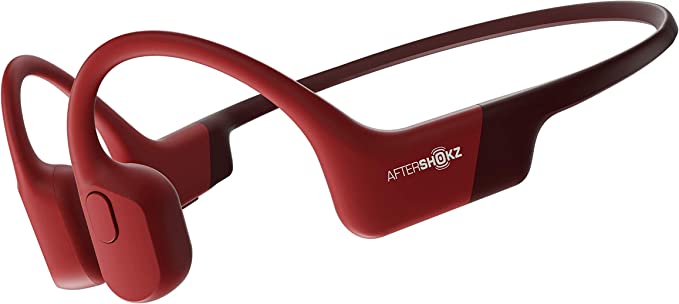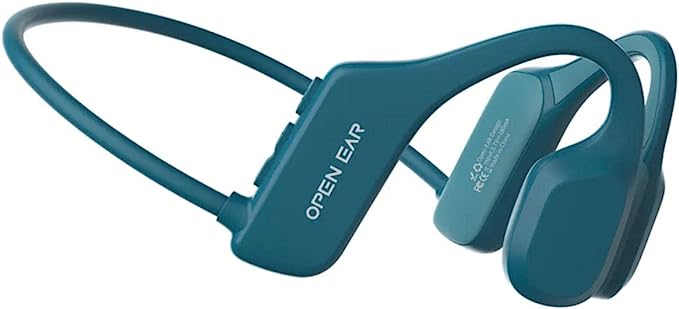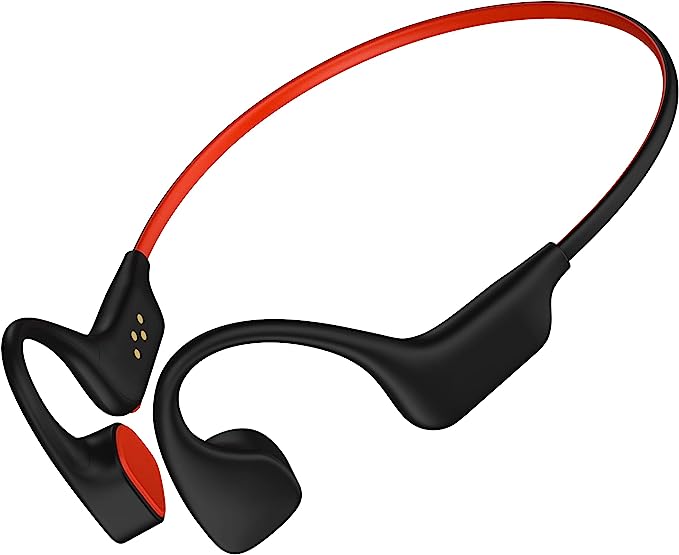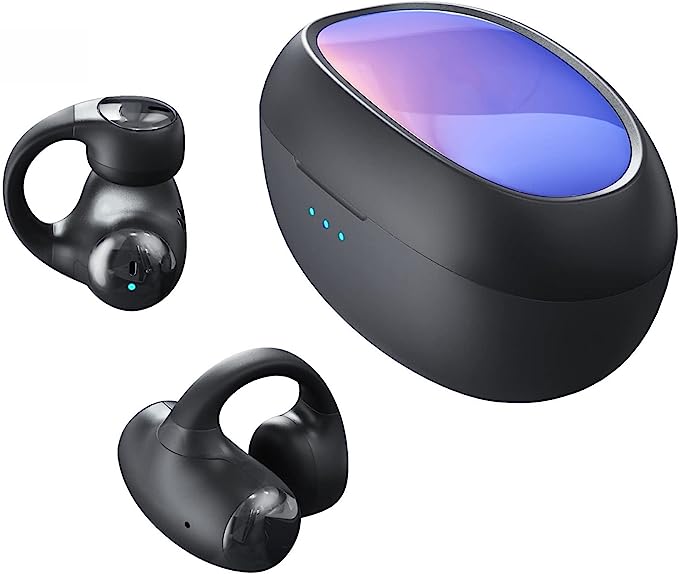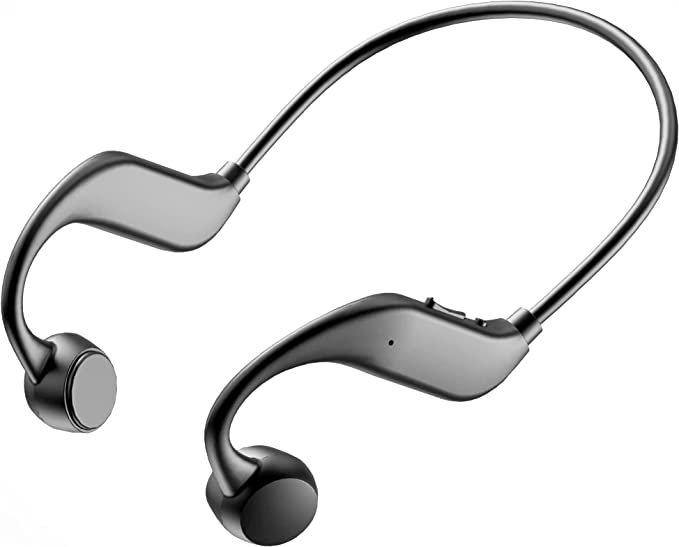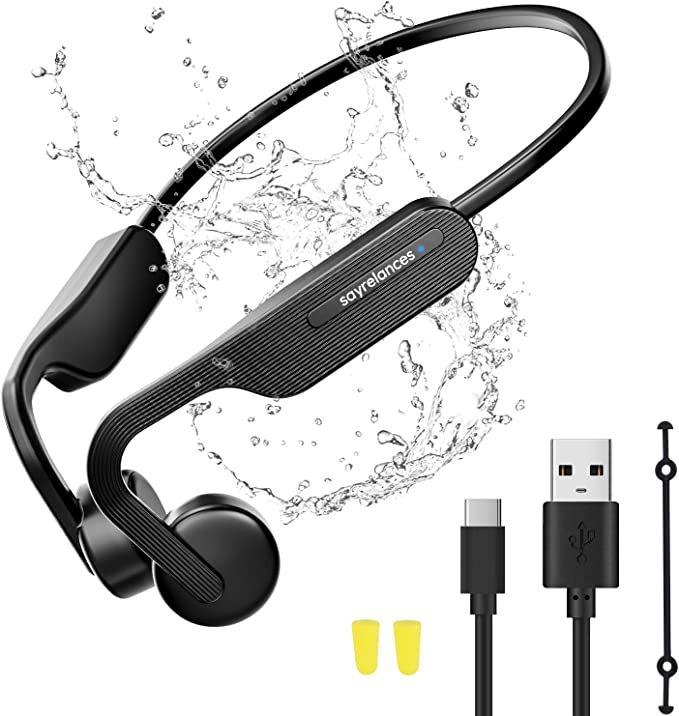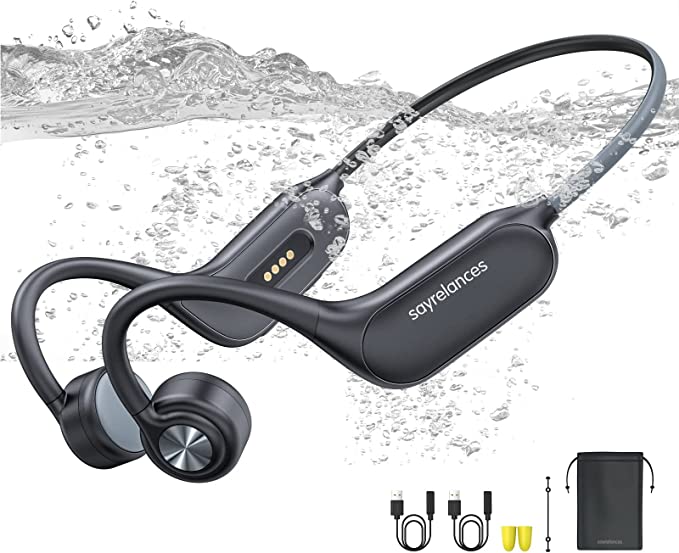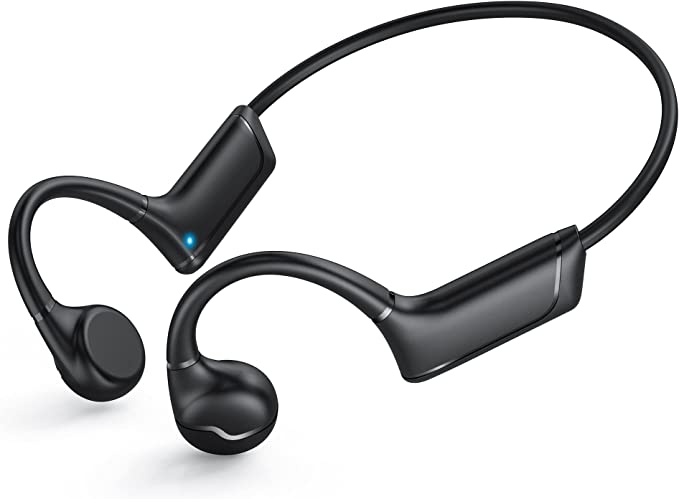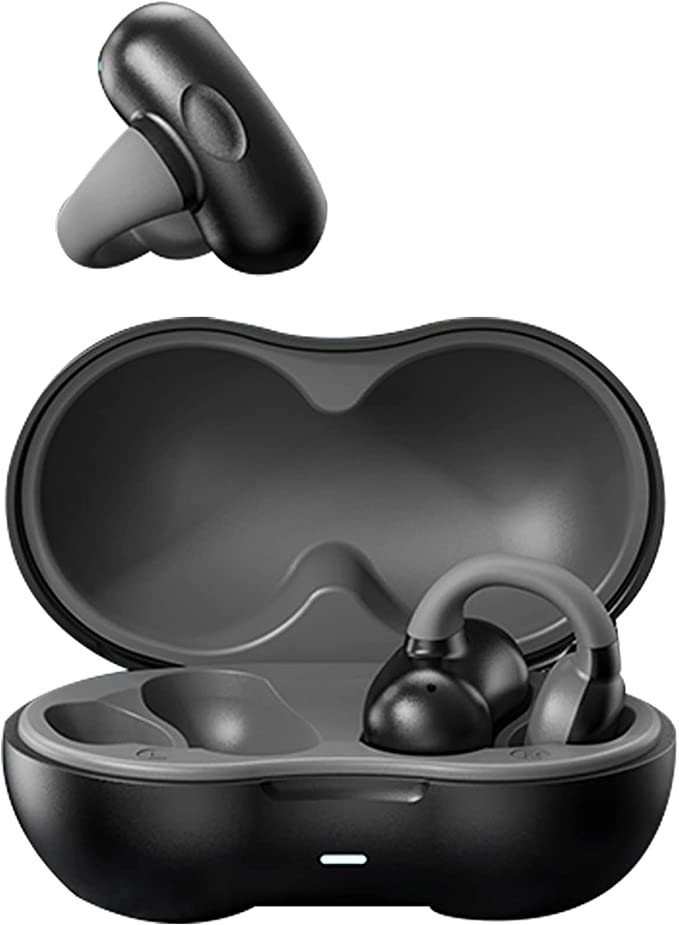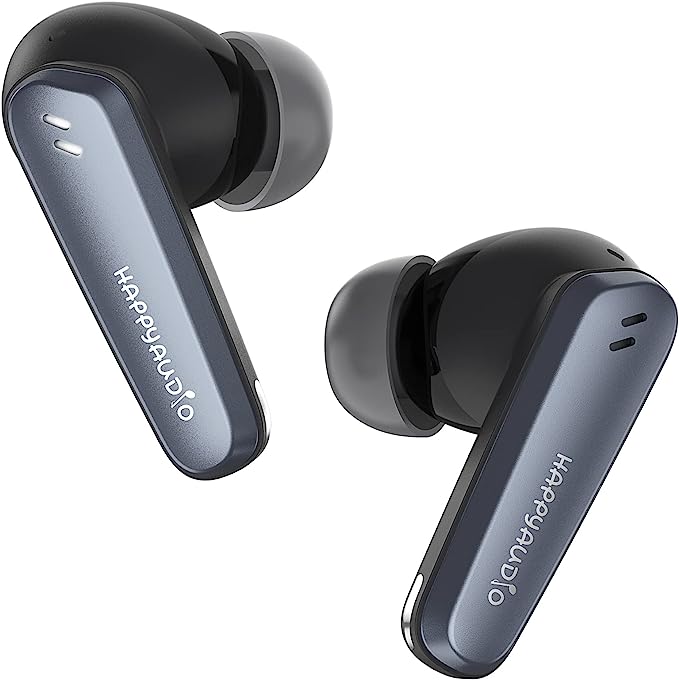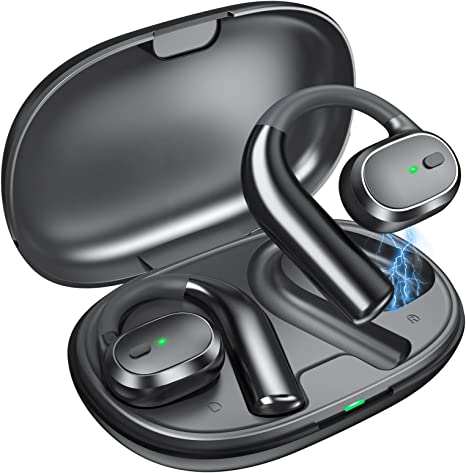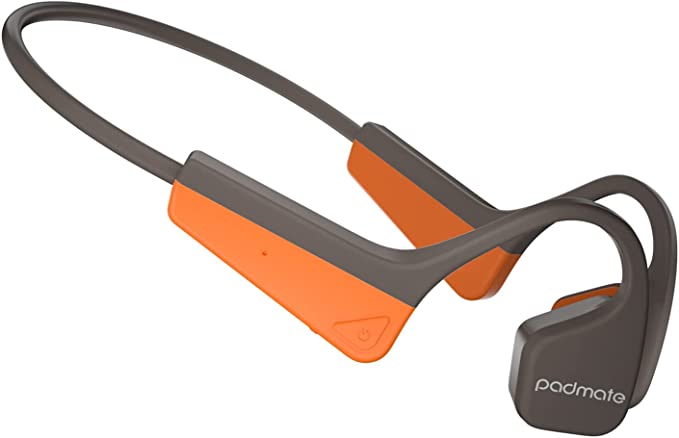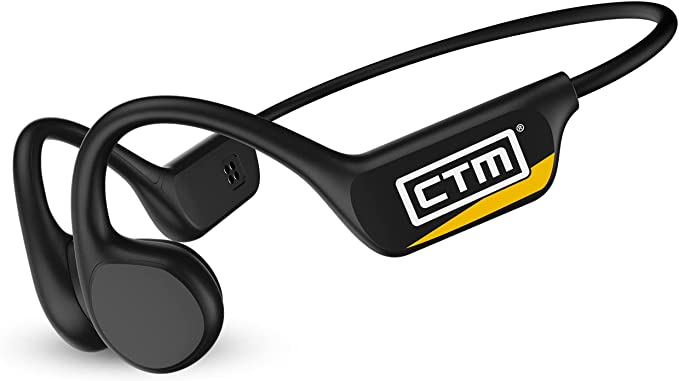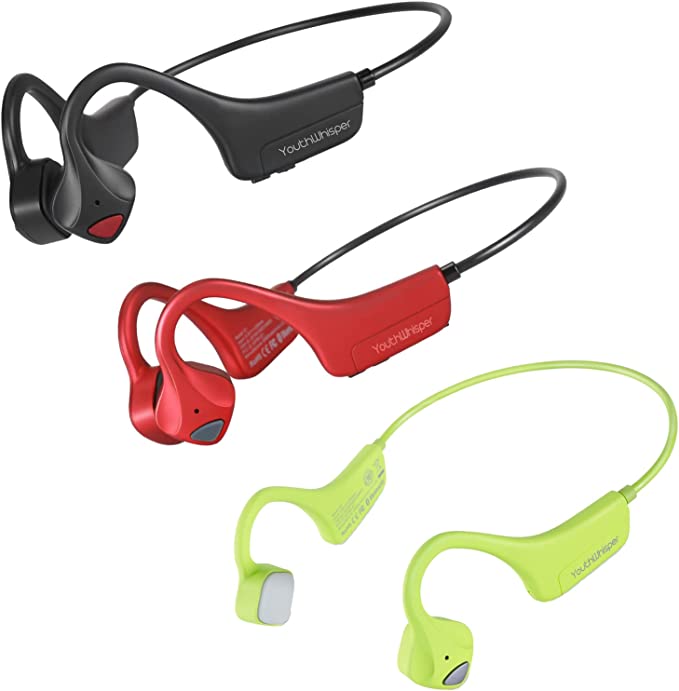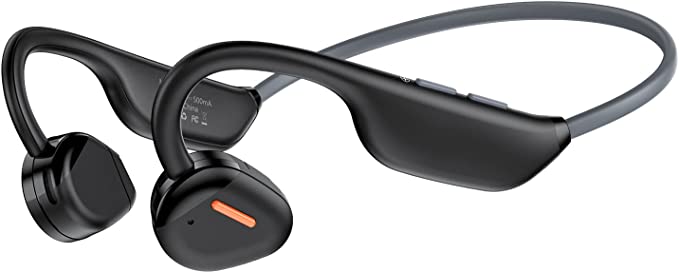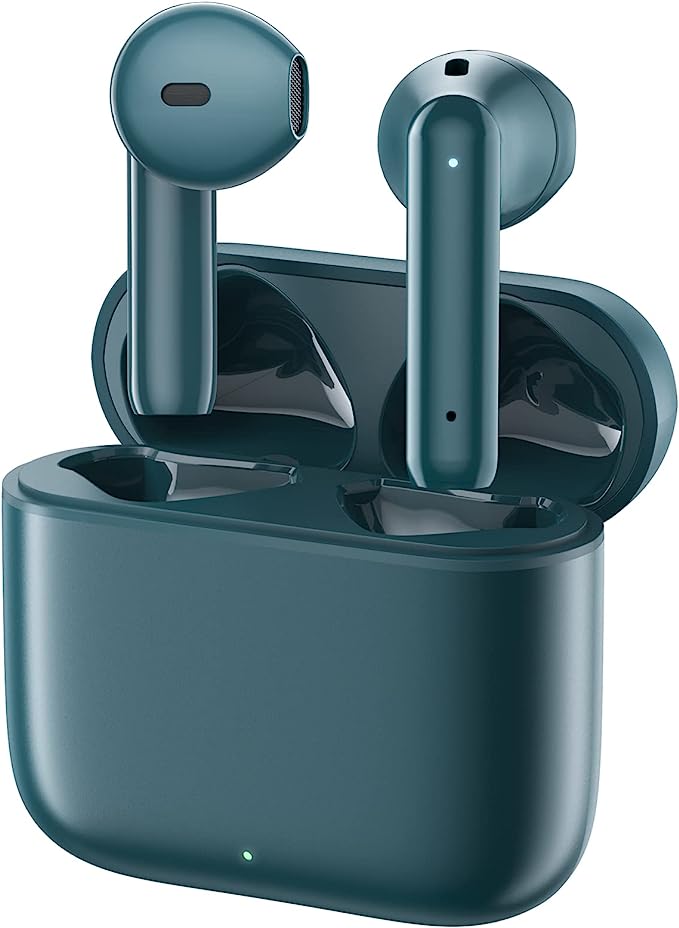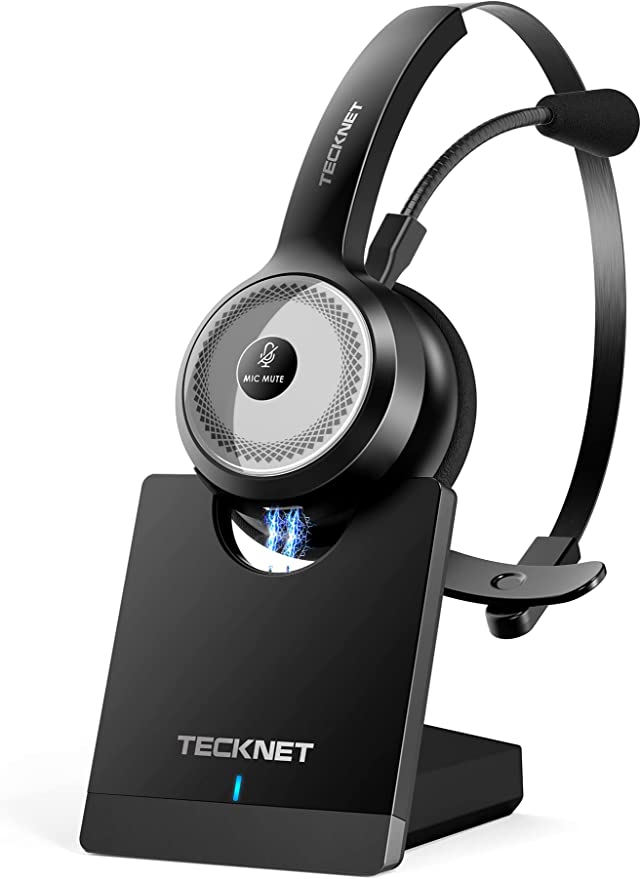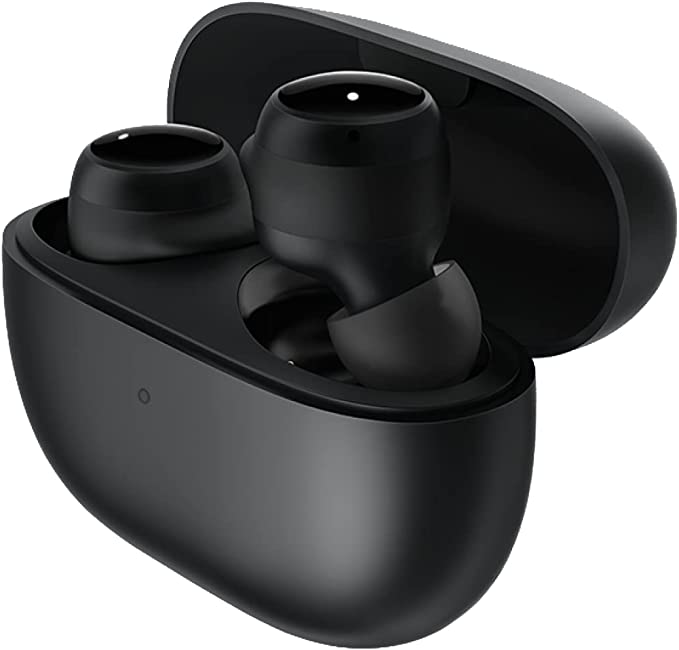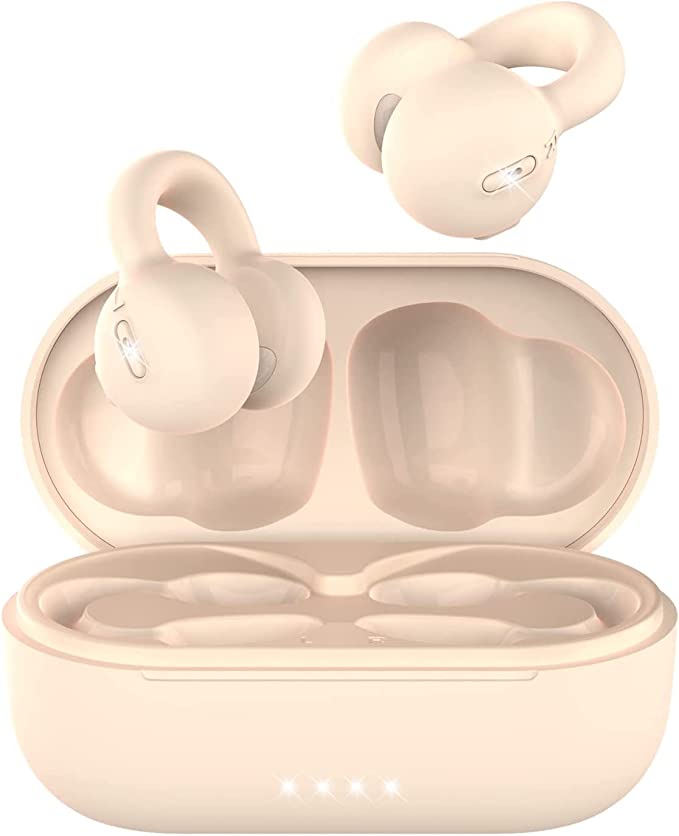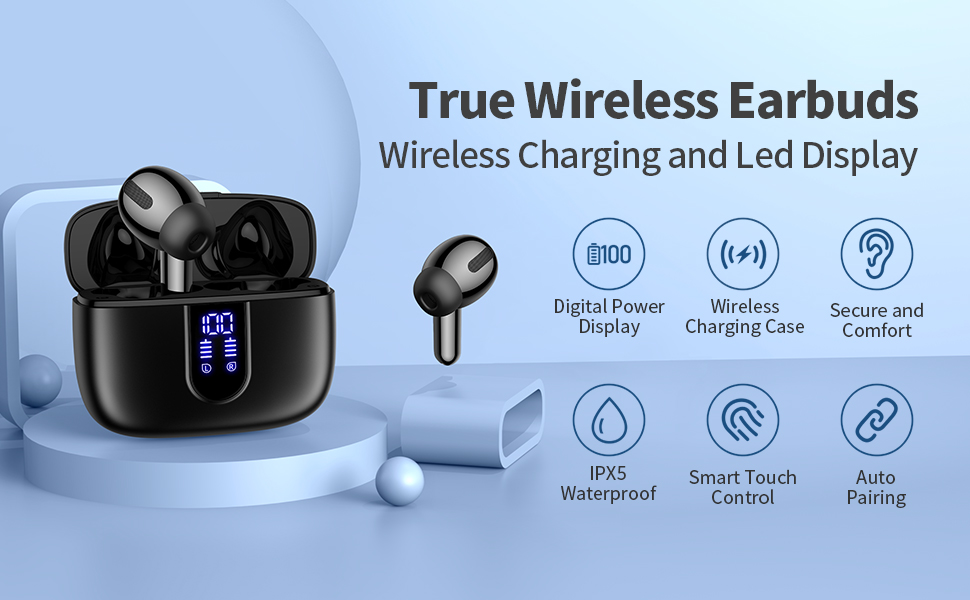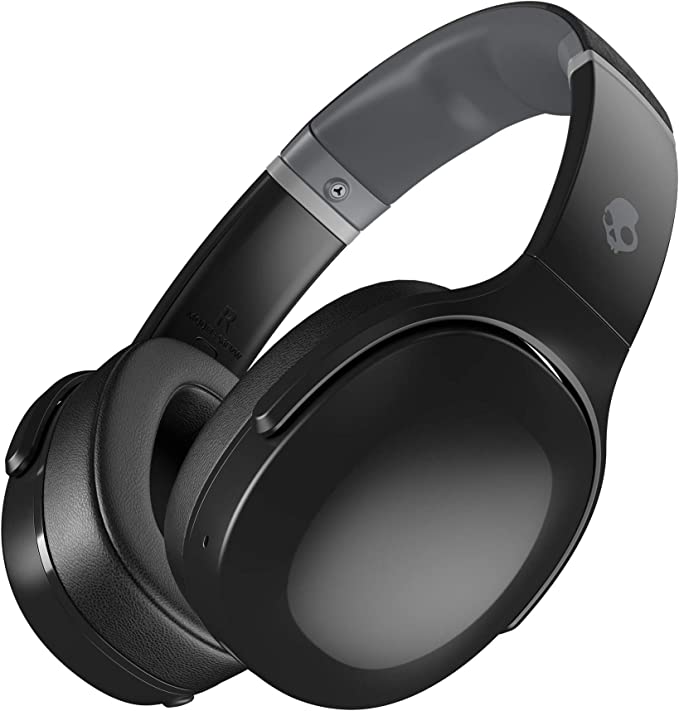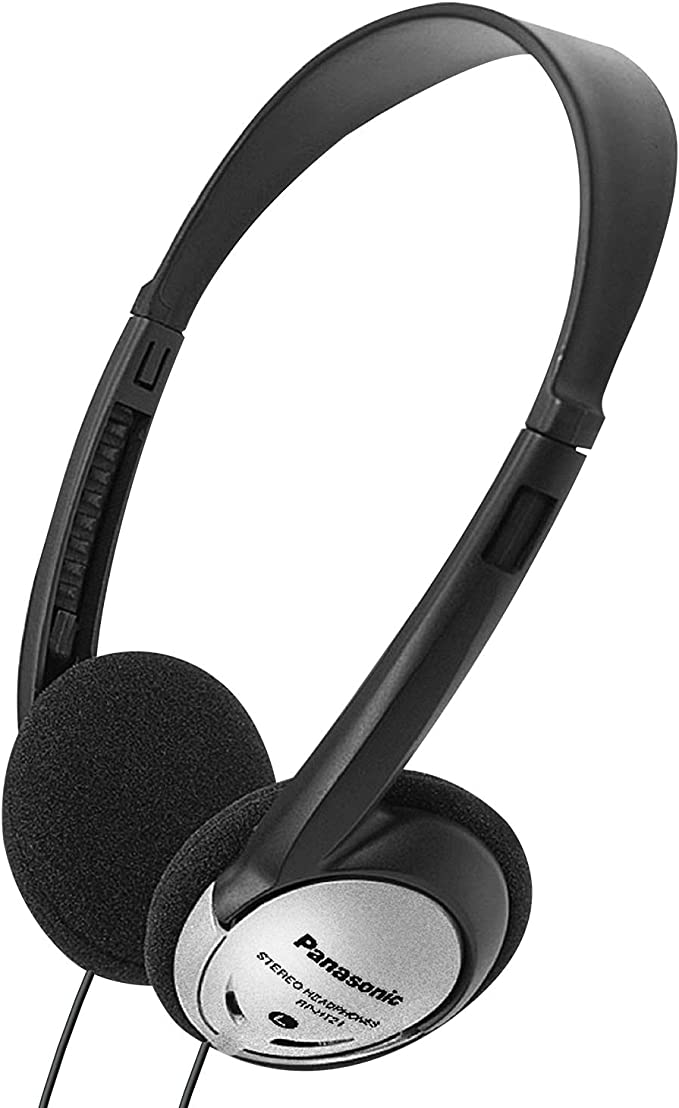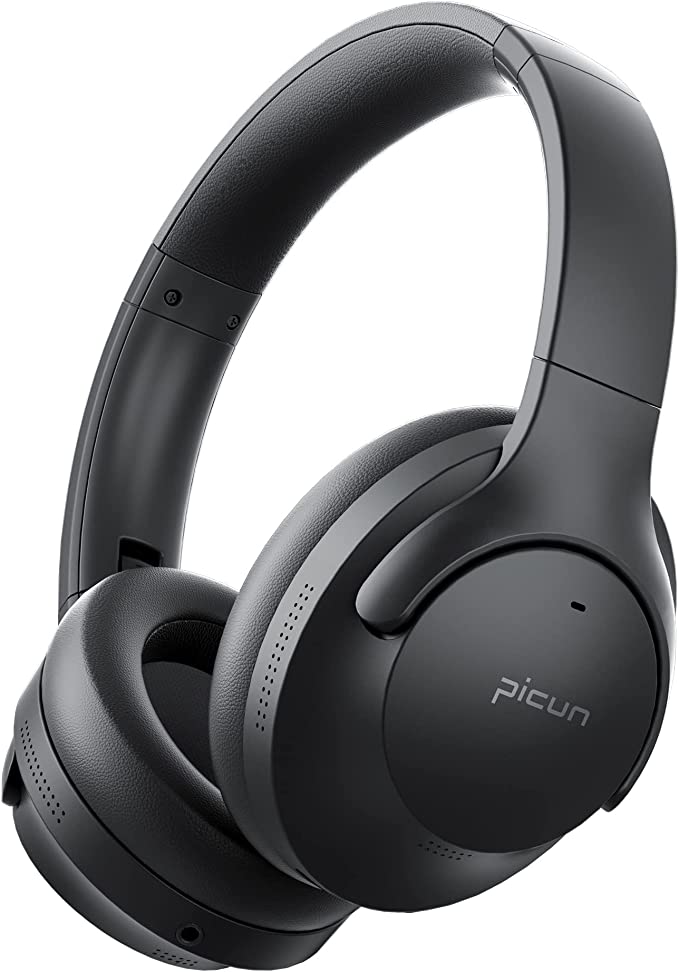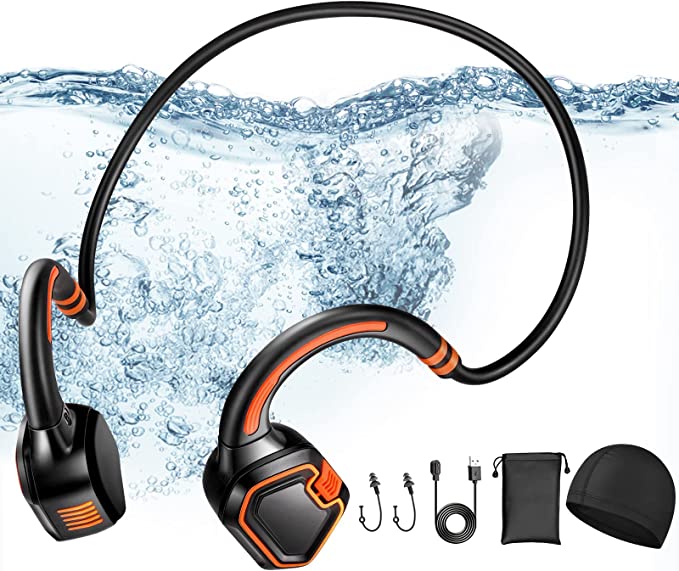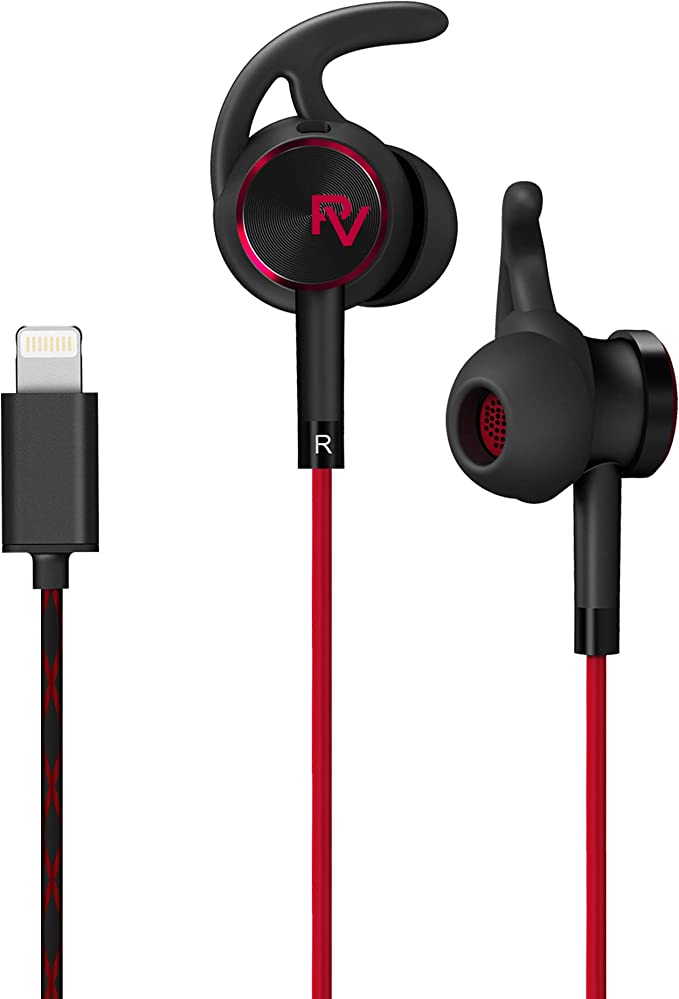Beyond the Buzz: Understanding Bone Conduction with the Glxertvz X50
Update on Feb. 17, 2025, 10:01 a.m.
We live in a world filled with sound. From the chirping of birds to the rumble of traffic, our ears are constantly bombarded with auditory information. Most of us rely on headphones to curate our personal soundscapes, whether it’s for music, podcasts, or calls. But traditional headphones, while effective, come with a significant drawback: they isolate us from our environment. This can be inconvenient, and in some cases, downright dangerous. Imagine jogging down a busy street, completely oblivious to the approaching car because your earbuds are blocking out all external noise. This is where bone conduction technology steps in, offering a unique and potentially safer way to experience sound. And the Glxertvz X50 headphones are a prime example of this innovative approach.
The Science of Sound: Air Conduction vs. Bone Conduction
Before we dive into the specifics of bone conduction, let’s briefly recap how we typically hear. Most sounds reach us through air conduction. Sound waves, which are essentially vibrations in the air, travel through the ear canal and cause the eardrum to vibrate. These vibrations are then transmitted through three tiny bones in the middle ear – the malleus, incus, and stapes (also known as the hammer, anvil, and stirrup) – to the cochlea, a fluid-filled, snail-shaped structure in the inner ear. The cochlea contains thousands of tiny hair cells that convert these vibrations into electrical signals, which are then sent to the brain via the auditory nerve, where they are interpreted as sound.
Bone conduction, on the other hand, bypasses the eardrum and middle ear. Instead of sending sound waves through the air, it transmits vibrations directly through the bones of the skull to the cochlea. Think of it like this: when you speak, you hear your own voice primarily through bone conduction. The vibrations of your vocal cords travel through your skull to your inner ear. This is why your voice often sounds different to you when you hear a recording of it – the recording captures the air-conducted sound, which is only part of what you normally hear.
To be more specific, bone conduction headphones typically rest on the temporal bone, just in front of the ear. The transducers in the headphones generate vibrations that travel through the temporal bone to the cochlea, stimulating the hair cells and producing sound. Because your ear canals remain open, you can still hear sounds from your environment through air conduction, creating a unique blended listening experience.
Bone Conduction: More Than Just Headphones
The concept of bone conduction isn’t new. In fact, it has a long and fascinating history, dating back centuries. Early applications were primarily in the field of hearing aids. For individuals with certain types of hearing loss, particularly those affecting the outer or middle ear, bone conduction offered a way to bypass the damaged parts of the auditory system and deliver sound directly to the inner ear. Beethoven, the famous composer who experienced significant hearing loss, reportedly used a rudimentary form of bone conduction by biting down on a rod attached to his piano, allowing him to perceive the vibrations of the music through his jawbone.
Beyond hearing aids, bone conduction technology has found applications in various fields:
- Medical: Bone-anchored hearing aids (BAHAs) are surgically implanted devices that use bone conduction to improve hearing in individuals with certain types of hearing loss.
- Military: Bone conduction headsets are used by military personnel for communication in noisy environments, allowing them to maintain situational awareness while receiving clear audio instructions.
- Industrial: Workers in loud industrial settings can use bone conduction headsets to communicate without compromising their hearing protection.
- Scuba diving:Underwater communication.

Experiencing Open-Ear Listening with the Glxertvz X50
The Glxertvz X50 headphones leverage the power of bone conduction to deliver a listening experience that’s both immersive and aware. Let’s break down some of its key features:
Open-Ear Design: Safety and Comfort Combined
The defining feature of the X50, and bone conduction headphones in general, is the open-ear design. This means nothing is inserted into your ear canal. This has several significant benefits. First and foremost, it enhances safety. You remain aware of your surroundings, whether you’re cycling, running, working, or simply walking down the street. This is crucial for avoiding accidents and staying connected to the world around you. Second, it’s more comfortable for many users, especially those who find in-ear earbuds uncomfortable or irritating. Finally, it can be more hygienic, as there’s no build-up of earwax or sweat inside the ear canal.
Bluetooth 5.0: The Backbone of Wireless Freedom
The X50 utilizes Bluetooth 5.0 technology, the latest iteration of this ubiquitous wireless standard. This isn’t just a buzzword; it translates to real-world benefits. Bluetooth 5.0 offers a more stable connection than previous versions, meaning fewer dropouts and interruptions. It also boasts lower latency, which is crucial for video calls and gaming, where even a slight delay can be disruptive. Finally, it’s more power-efficient, contributing to the X50’s impressive battery life.
IP56 Waterproofing: Ready for Your Toughest Workouts
Whether you’re a dedicated athlete or just enjoy the occasional jog, the X50’s IP56 rating is a welcome feature. This rating signifies that the headphones are resistant to dust and powerful water jets. In practical terms, this means they can withstand sweat, rain, and even a quick rinse under the faucet. You don’t have to worry about damaging your headphones during intense workouts or unexpected downpours.
Lightweight Design: All-Day Comfort
Weighing in at just 28 grams, the X50 is designed for extended wear. The lightweight design, combined with the open-ear configuration, minimizes pressure and fatigue, allowing you to wear the headphones comfortably for hours on end. The memory alloy neckband is designed to be flexible yet durable, conforming to the shape of your head. The silicone soft pads where the transducers rest against your skin provide added comfort.

Battery Life and Charging:
The X50 offers up to 8 hours of continuous music playback or talk time, which is sufficient for most daily activities. Even better, a quick 2-hour charge via the convenient Type-C port gets you back to full power. The 168-hour standby time is also beneficial.
Materials and Fit:
The combination of a memory alloy neckband and silicone pads aims for both durability and comfort. The memory alloy should retain its shape over time, while the silicone provides a soft, skin-friendly contact point.

A Balanced Perspective: Real-World Feedback
It’s important to consider both the positive and negative aspects of any product. While the Glxertvz X50 offers many benefits, it’s not without its limitations. Some users have reported that the non-adjustable band is too small for larger heads, which is a valid concern. A snug fit is essential for optimal bone conduction, so this is a potential drawback for some individuals.
On the positive side, many users praise the X50 for its affordability and its effectiveness in allowing them to hear ambient sounds while listening to music. Users who are hard of hearing in one ear, due to eardrum issues, have found bone conduction technology, and the X50 in particular, to be helpful.
On the negative side, the X50, it can not skip songs from headset.
Choosing and Using Bone Conduction Headphones
If you’re considering bone conduction headphones, here are a few things to keep in mind:
- Fit is Crucial: As mentioned earlier, a snug fit is essential for optimal sound transmission. If possible, try on bone conduction headphones before purchasing to ensure a comfortable and secure fit.
- Sound Quality Expectations: While bone conduction technology has improved significantly, it’s generally not going to match the sound quality of high-end traditional headphones, particularly in terms of bass response. However, for many users, the trade-off for open-ear awareness is worth it.
- Volume Levels: Even though bone conduction bypasses the eardrum, it’s still possible to damage your hearing by listening at excessively high volumes. Always listen at a moderate level.
- Proper Placement: Ensure the transducers are positioned correctly on your temporal bone, just in front of your ears.
The Future of Sound: Bone Conduction’s Potential
Bone conduction technology is constantly evolving, and its future is bright. We can expect to see further improvements in sound quality, reduced sound leakage, and even more comfortable and ergonomic designs. Beyond headphones, bone conduction has the potential to revolutionize other areas, such as:
- Virtual and Augmented Reality: Bone conduction could provide a more immersive and realistic auditory experience in VR and AR applications, allowing users to hear virtual sounds while remaining aware of their real-world surroundings.
- Advanced Hearing Aids: Future hearing aids could leverage bone conduction technology to provide even better sound quality and comfort for individuals with hearing loss.
- Smart Glasses and Wearables: Bone conduction could be integrated into smart glasses and other wearable devices to provide discreet audio feedback without blocking the user’s ears.

Conclusion
Bone conduction technology offers a compelling alternative to traditional headphones, providing a unique blend of audio enjoyment and situational awareness. The Glxertvz X50 headphones embody this approach, offering a lightweight, sweatproof, and affordable way to experience the benefits of open-ear listening. While they may not be perfect for everyone, particularly those with larger heads or audiophiles seeking the absolute best sound quality, they represent a significant step forward in audio technology, offering a safer and more comfortable way to stay connected to both your music and the world around you.
The Smart Protection System,while the detail is unclear,likely refers to built-in safeguards to prevent damage from overcharging, overheating, or short circuits, contributing to the device’s longevity.
